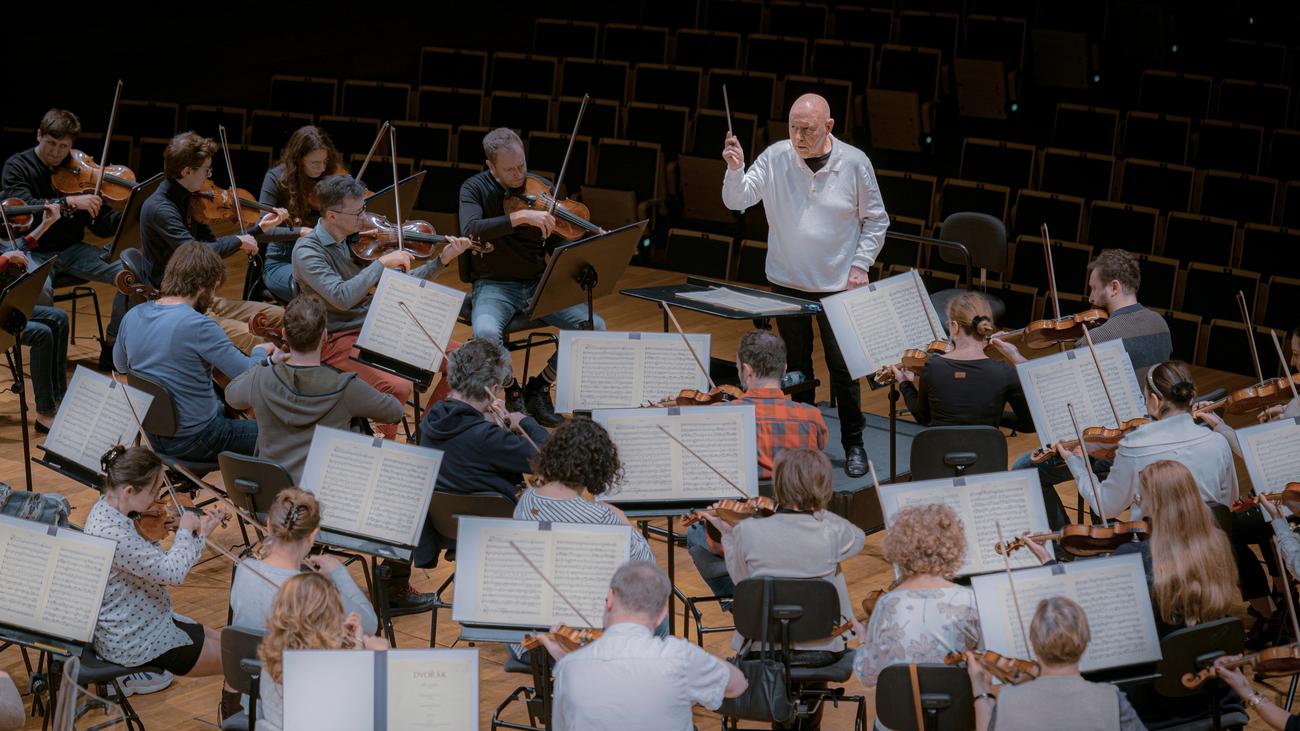
Breslau/Wrocław: A City of Layers and Allure
As Christoph Eschenbach gazes out the window of his conductor’s dressing room at the National Forum of Music, the heart of his former homeland pulsates behind him. A tapestry of colorful baroque gables and facades, the Gothic spires of Sand Island, the meandering Oder River, and the Mathematical Tower of the University paint a panoramic portrait of Breslau/Wrocław.
A City of Transitions
This vibrant metropolis, nestled in the heart of Silesia, has witnessed a rich and complex history. Once predominantly German, it became decidedly Polish after the Second World War. This transition has left an indelible mark on the city’s fabric, blending the charm of its Germanic past with the vitality of its present.
Aesthetics and Ambiance
Breslau/Wrocław has long been renowned for its beauty. Its historic core exudes a picturesque charm reminiscent of medieval towns like Lübeck and Bamberg. The orderliness that pervades the city is immediately apparent—the streets are immaculately clean, and the cafes display elaborate, multi-tiered confections.
Culinary Delights and Cultural Pursuits
Beyond its architectural appeal, Breslau/Wrocław offers a thriving culinary scene. From delectable pastries to fine dining experiences, the city caters to every gastronomic whim. The abundance of hip bars and cultural venues adds to its vibrant atmosphere.
A Destination Worth Exploring
A mere four-hour train ride from Berlin, Breslau/Wrocław is an accessible destination for those seeking a captivating blend of history, culture, and modern-day allure. The city’s charming streets invite leisurely strolls, revealing hidden courtyards and architectural gems.
A Personal Journey
Eschenbach’s return to Breslau/Wrocław is not just a visit to his former home but also an exploration of his own heritage. As he sits in the conductor’s dressing room, the rhythms of his past resonate within him, intertwining with the present-day pulse of the city.
A City of Renaissance
Over the past decades, Breslau/Wrocław has undergone a remarkable transformation. Once a city marked by war and division, it has rediscovered its vibrancy and emerged as a dynamic cultural hub. With its impressive infrastructure, thriving arts scene, and welcoming atmosphere, Breslau/Wrocław stands as a testament to the enduring spirit of reconciliation and renewal.
Conclusion
Christoph Eschenbach’s journey to Breslau/Wrocław is not merely a trip to his former homeland but a profound reflection on the complexities of history and identity. It is a story of transformation, resilience, and the enduring power of art to bridge the divides of the past and illuminate the promise of the future.
